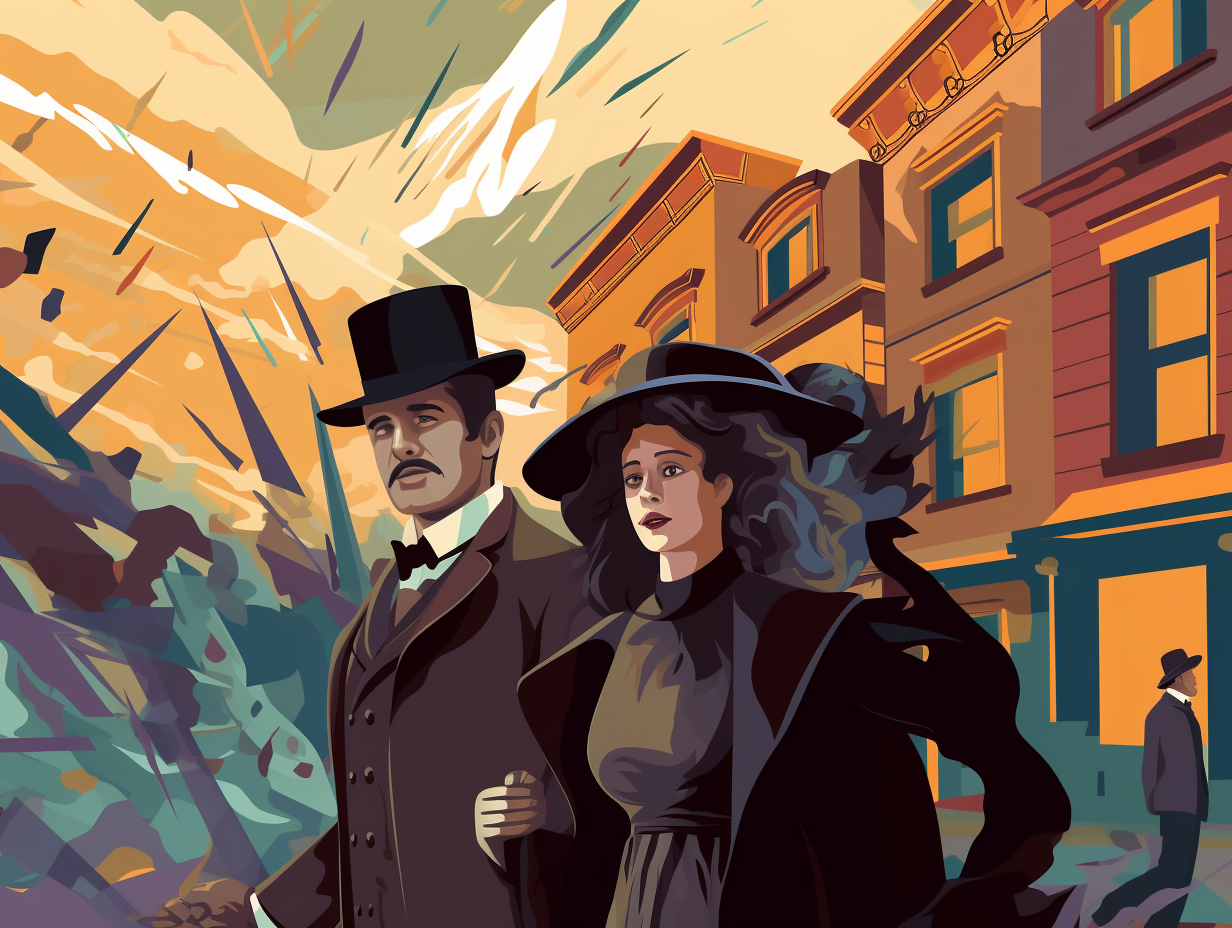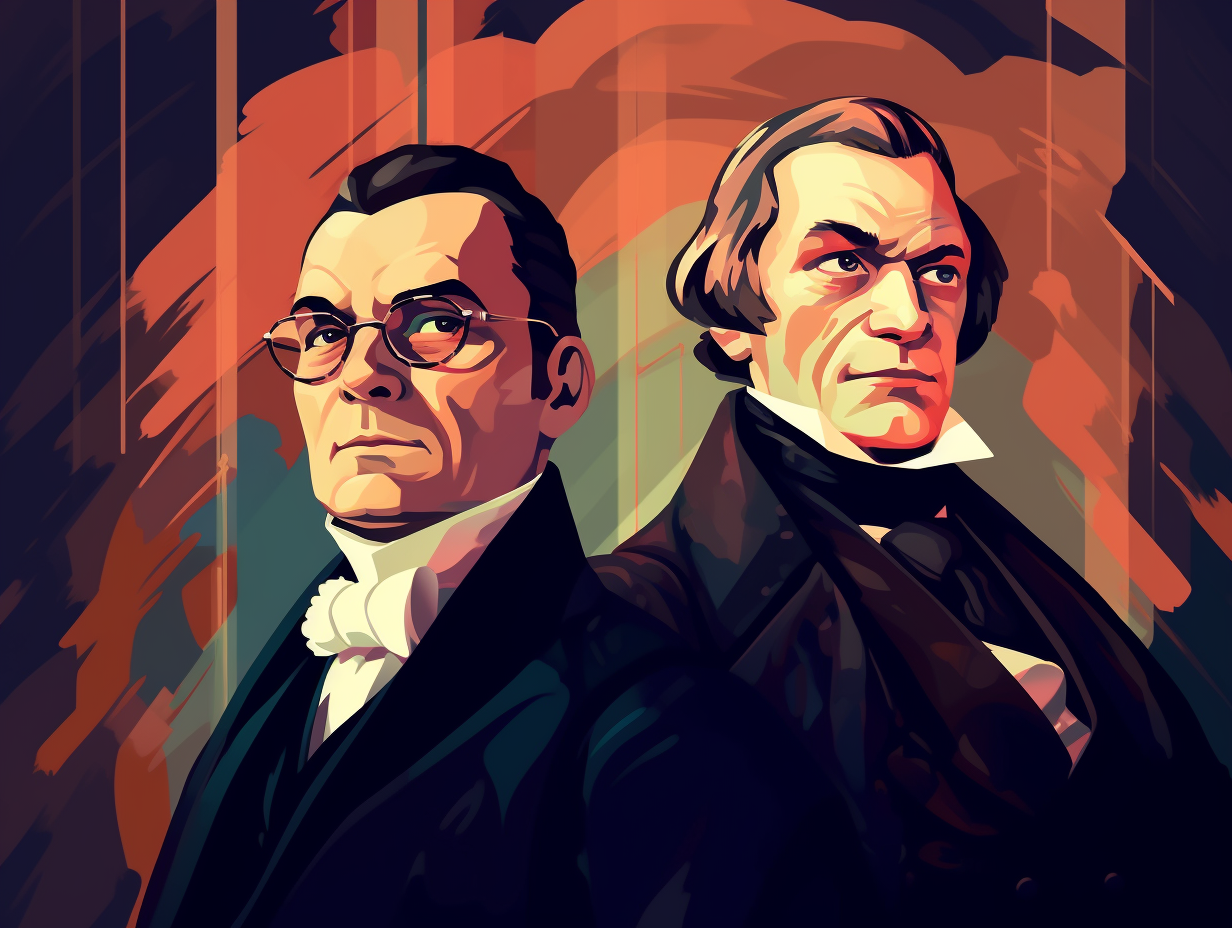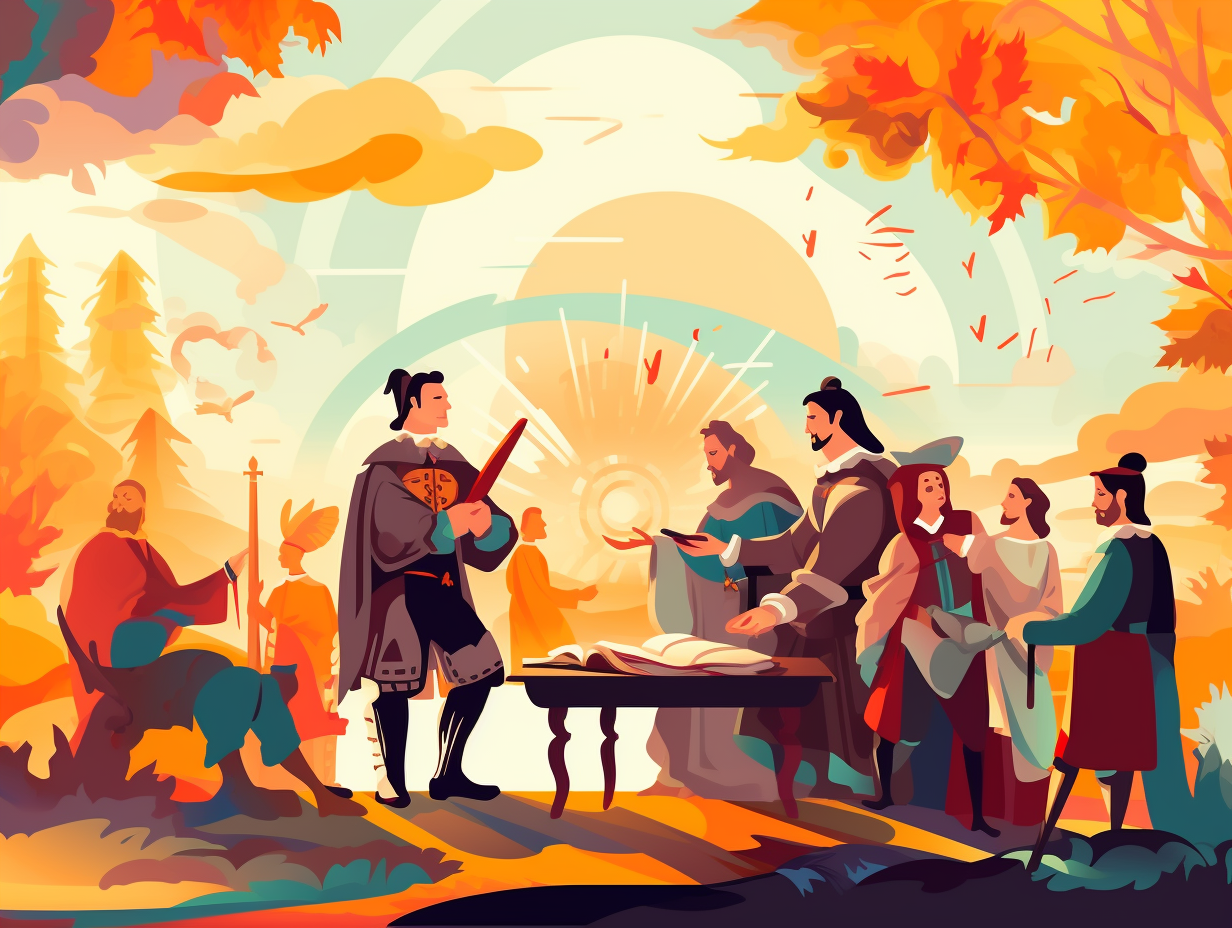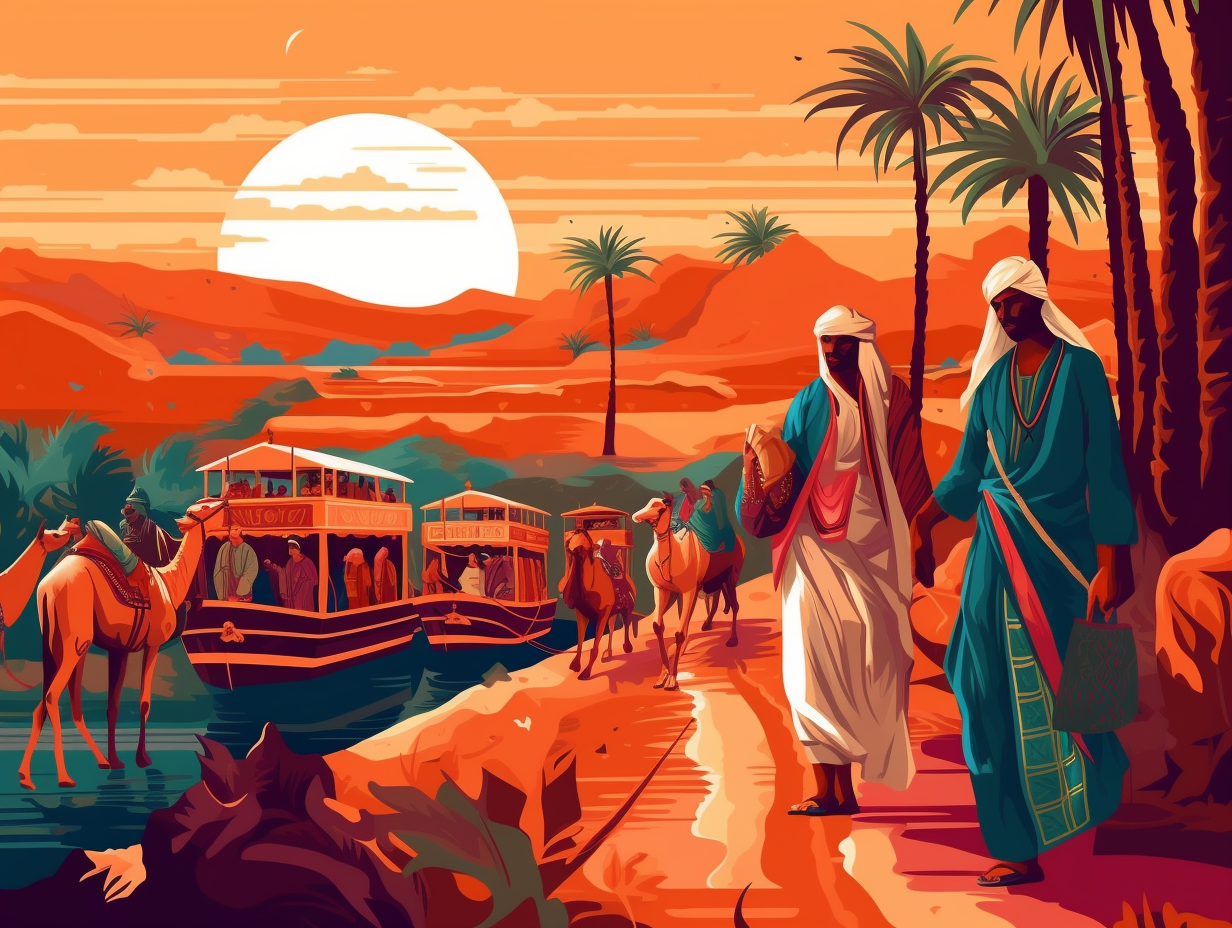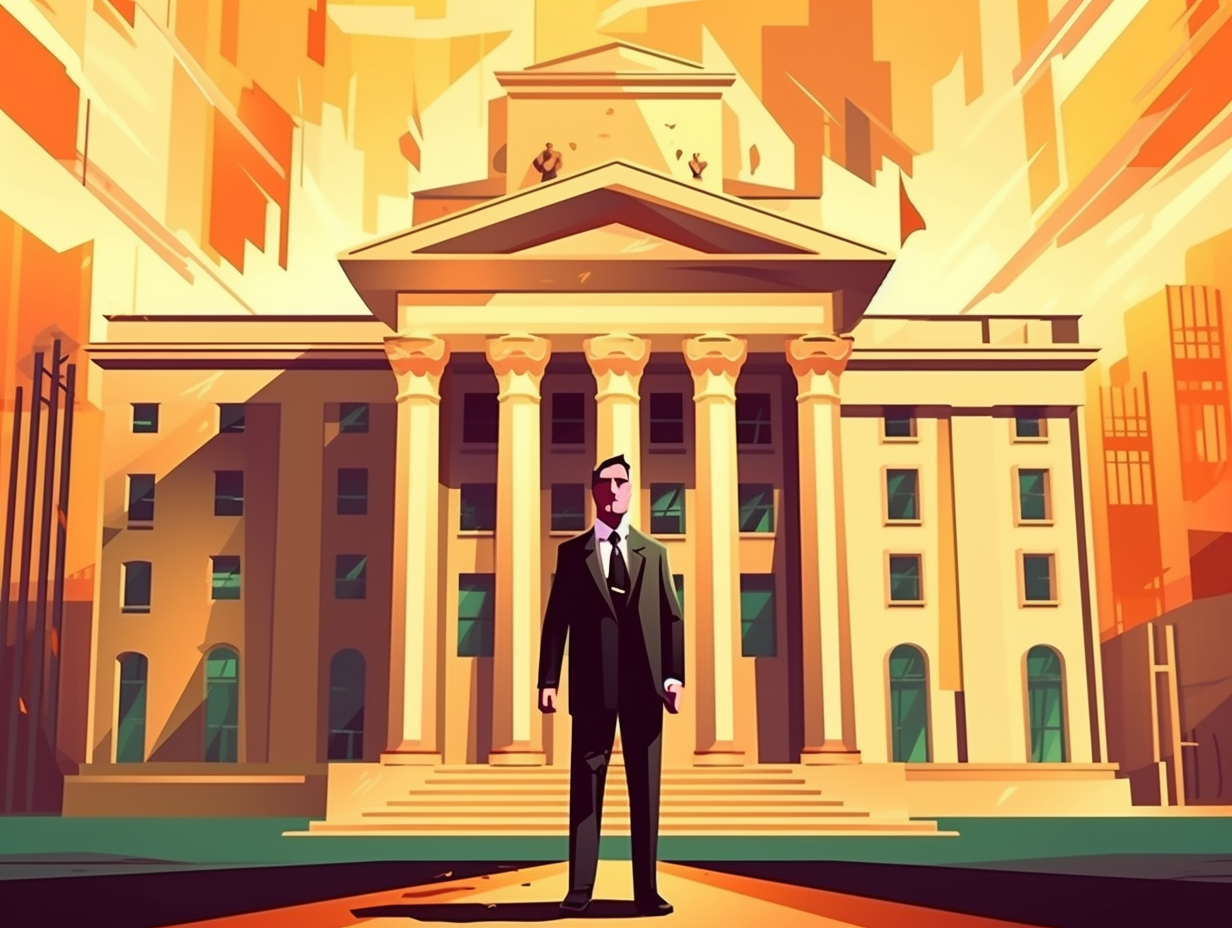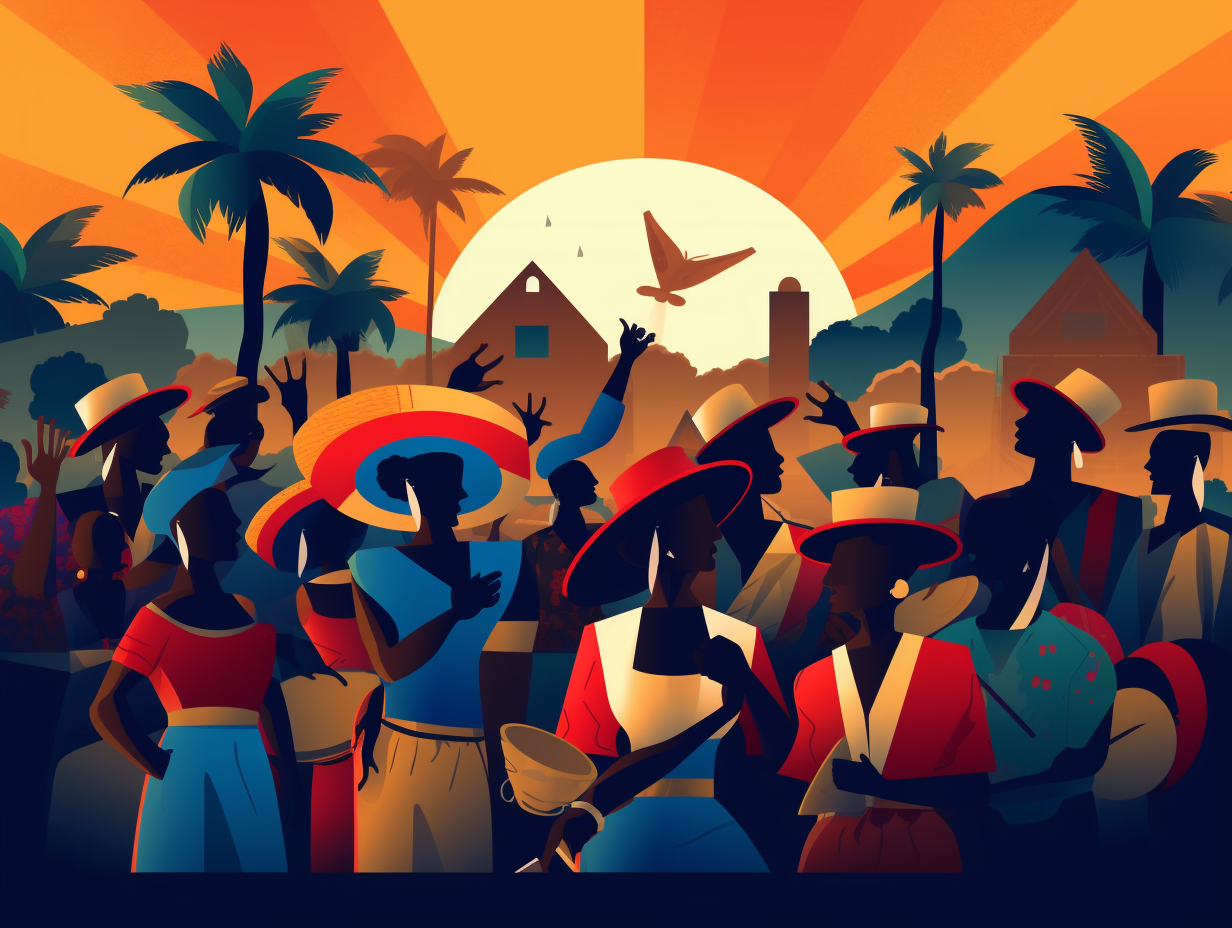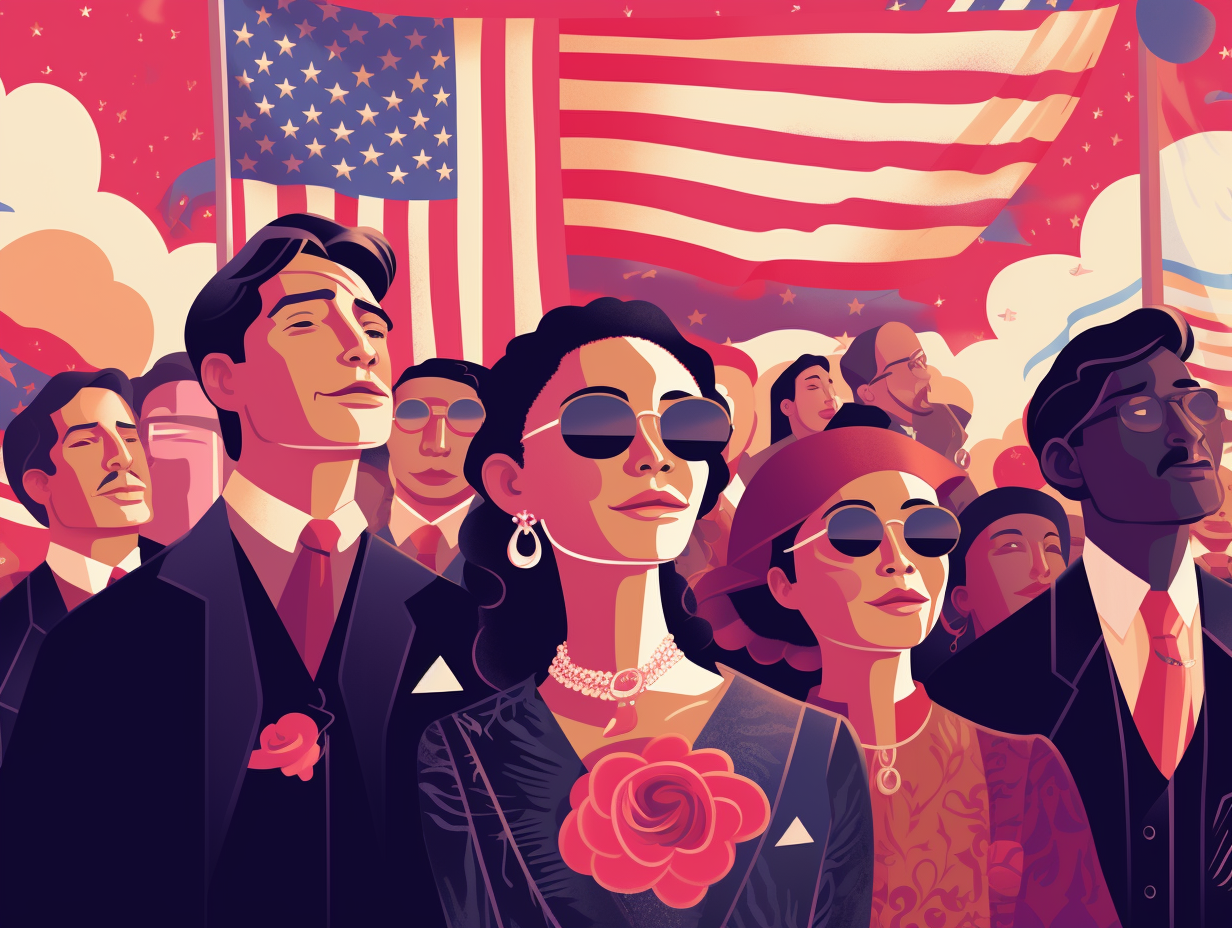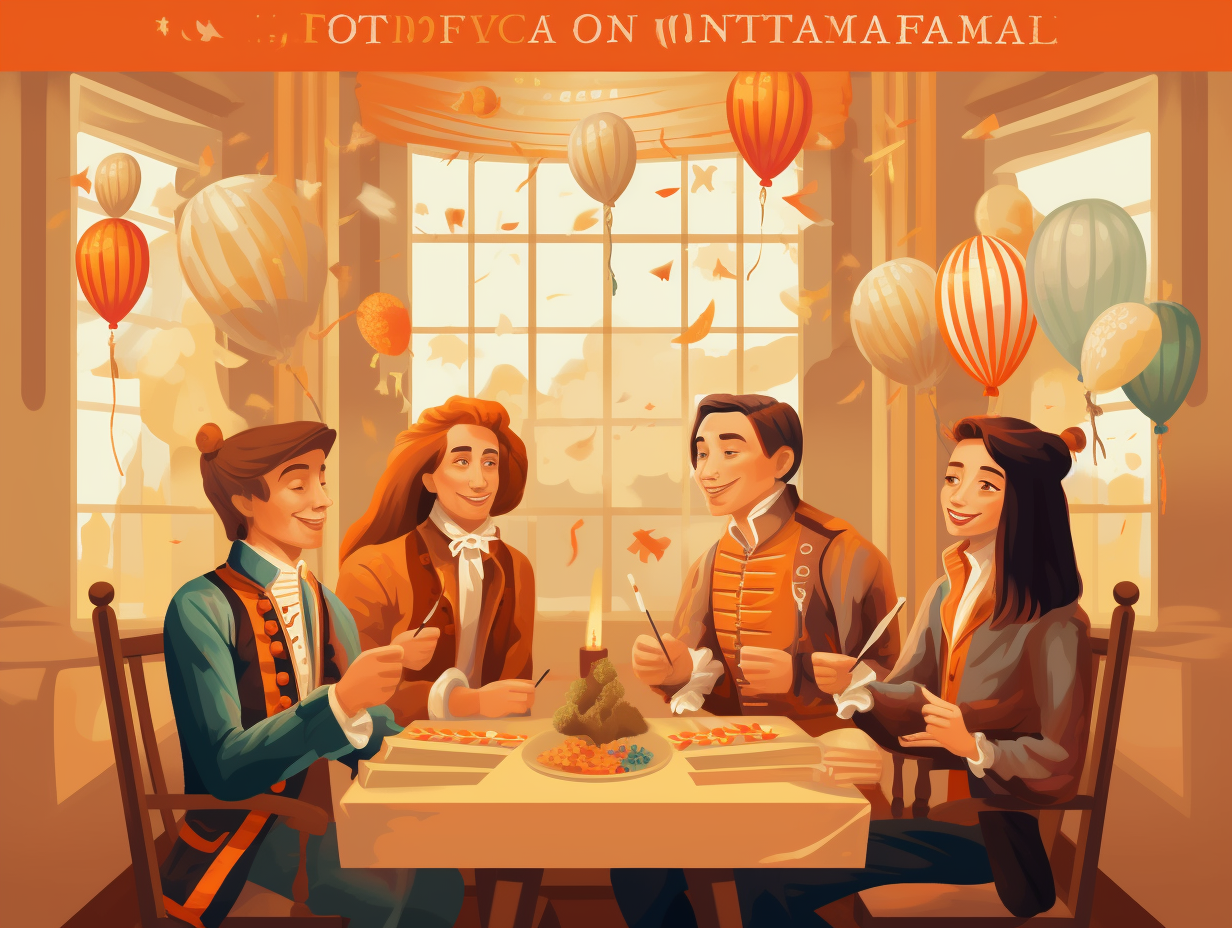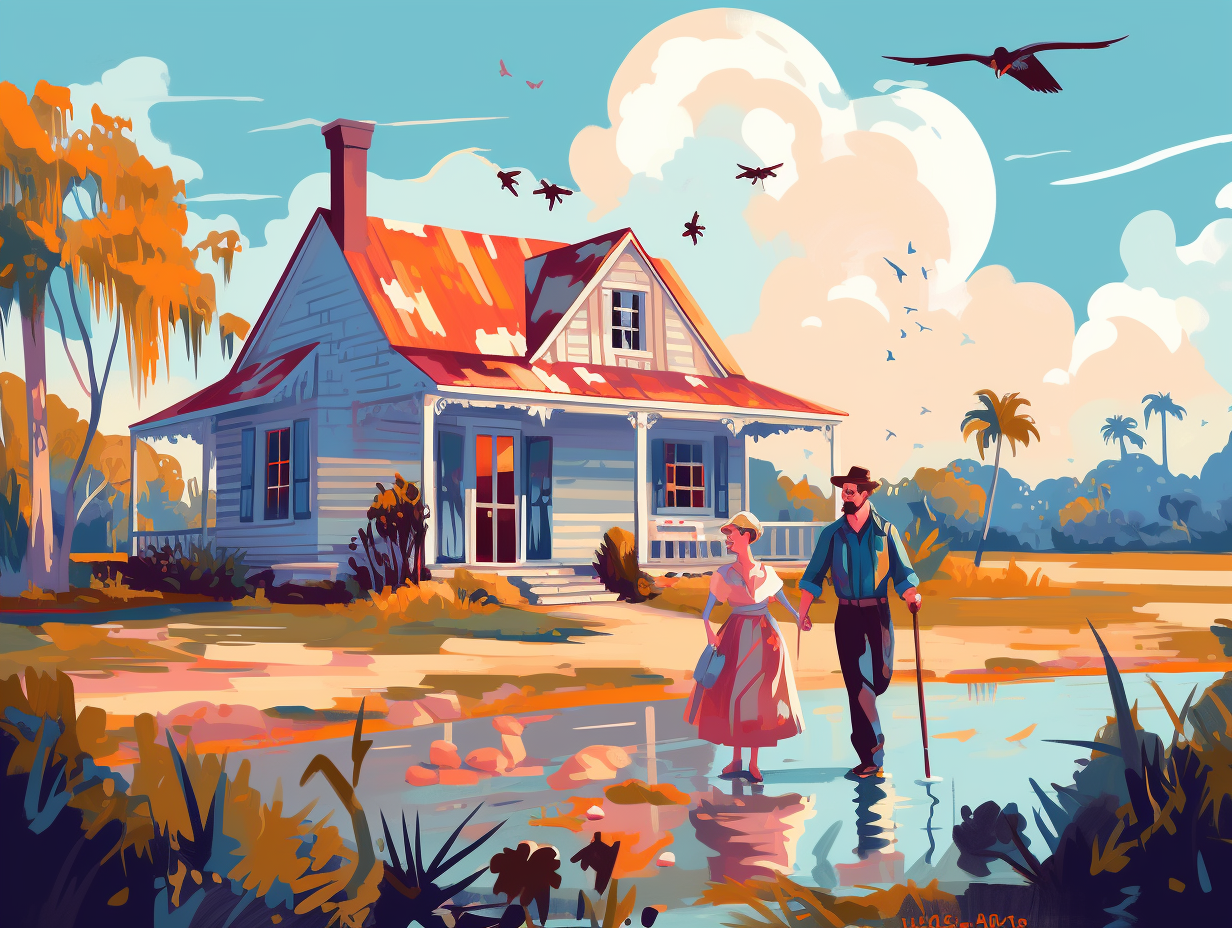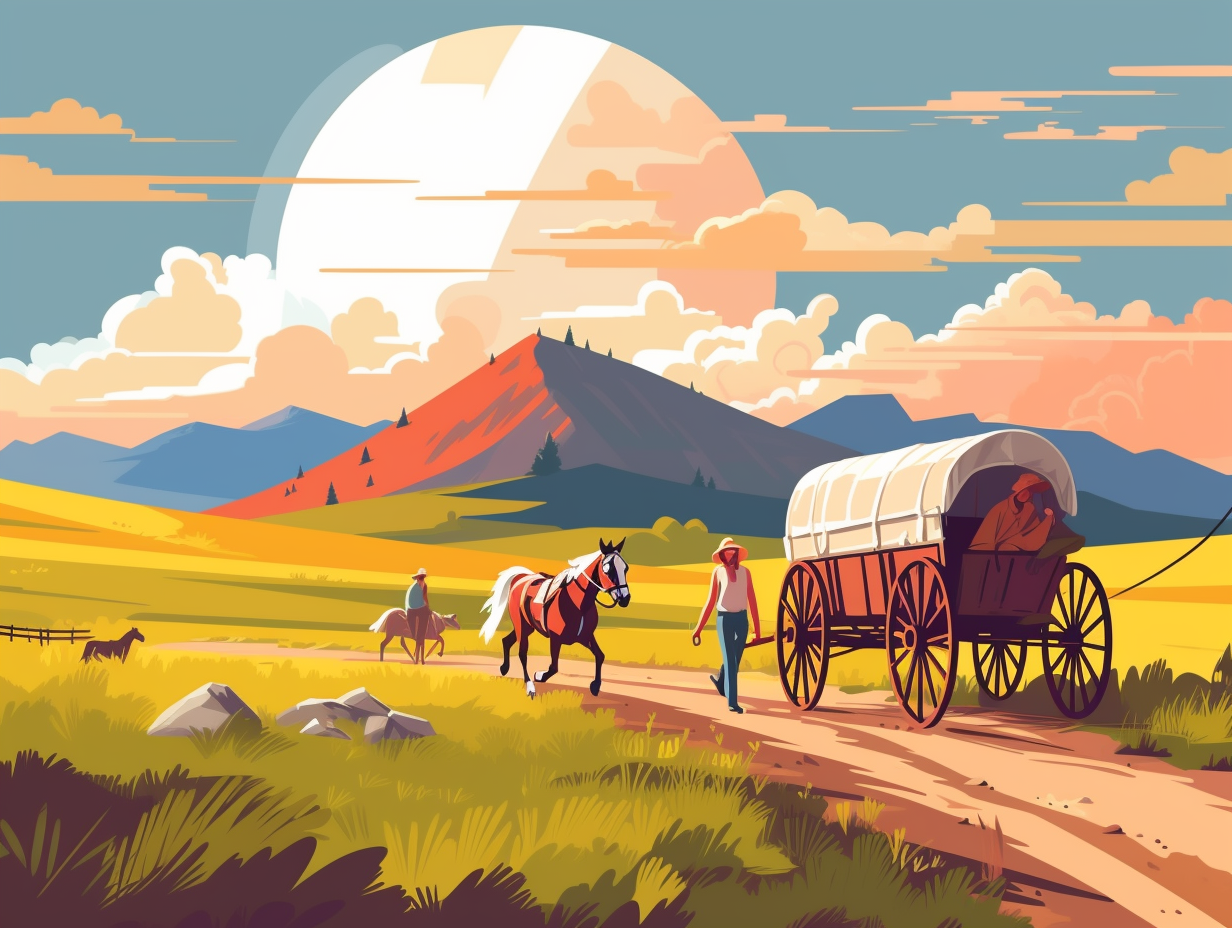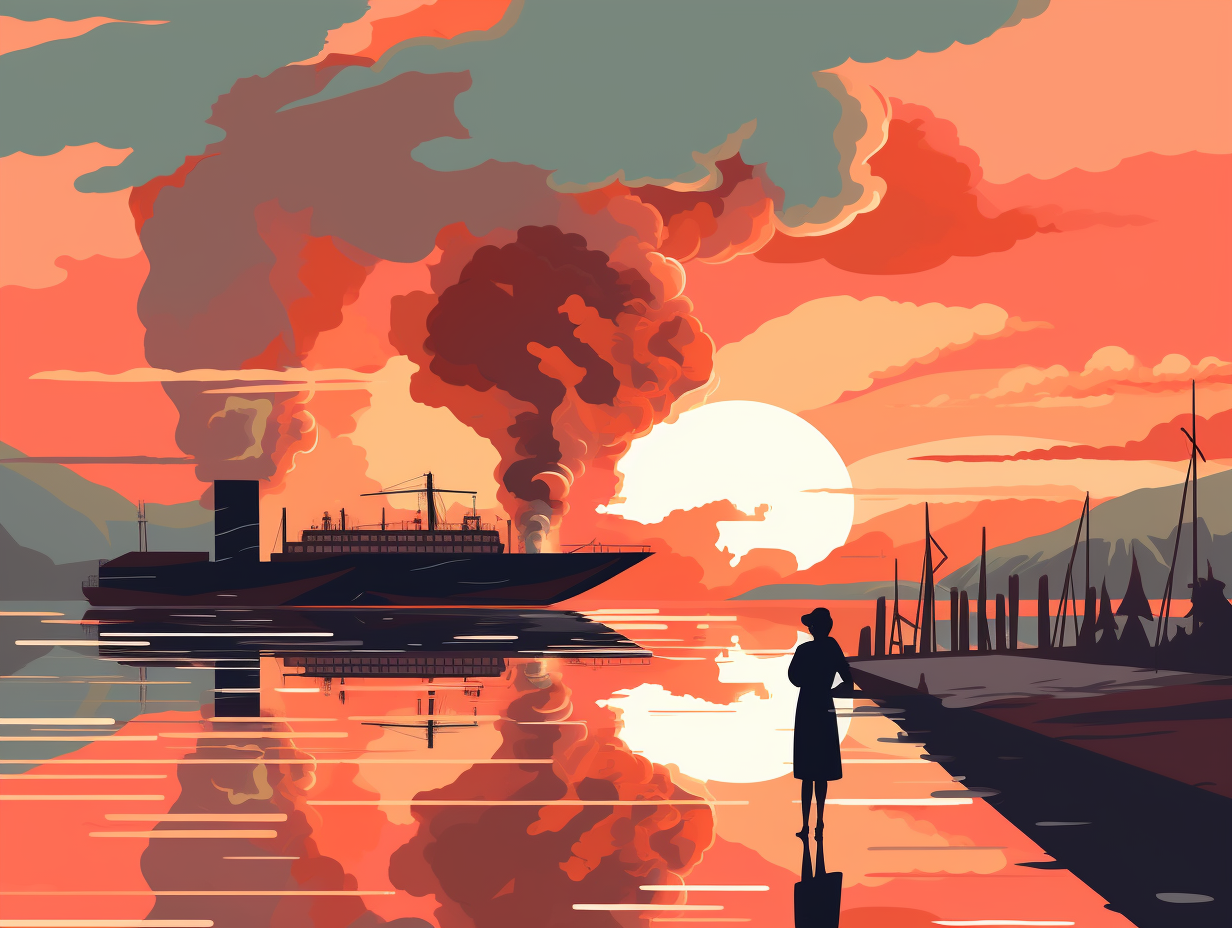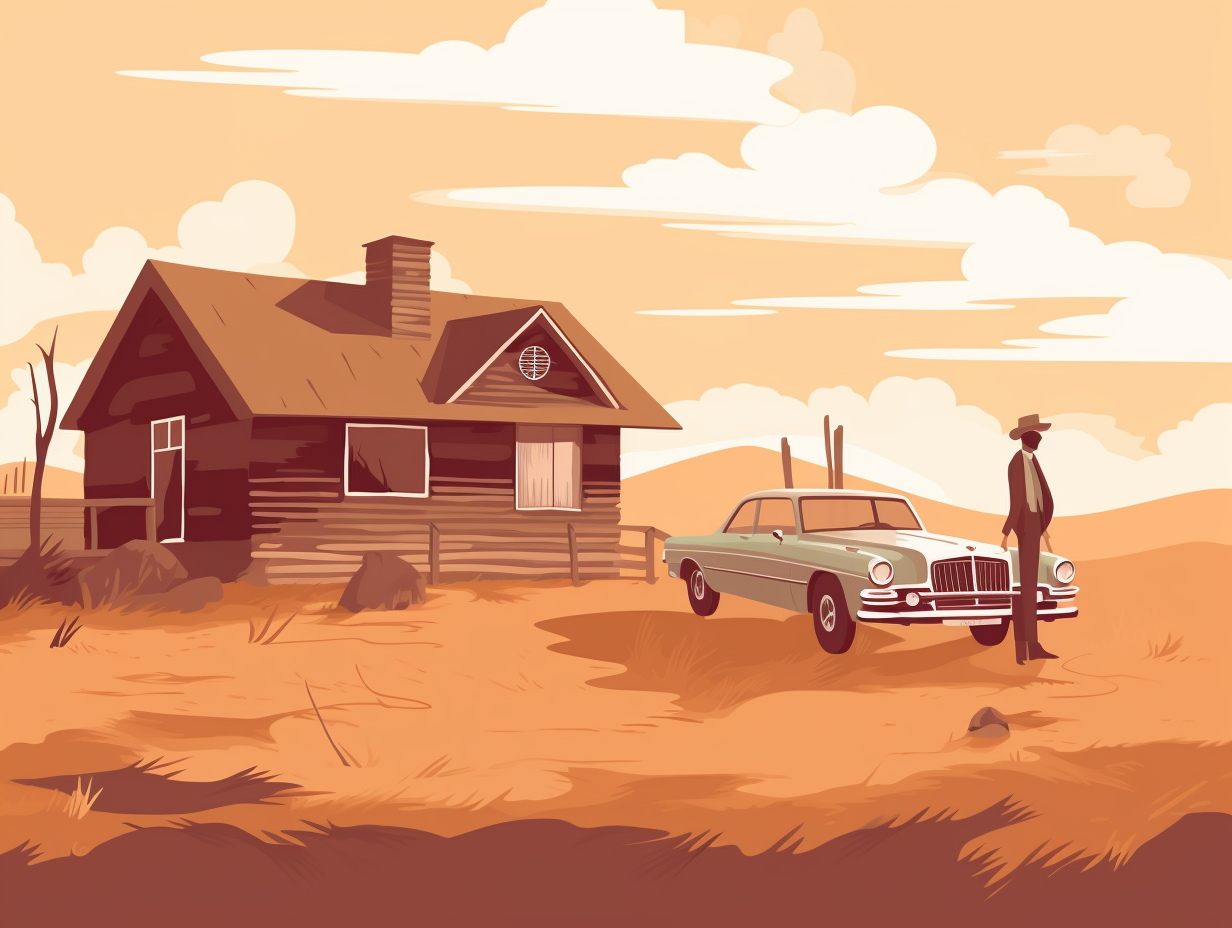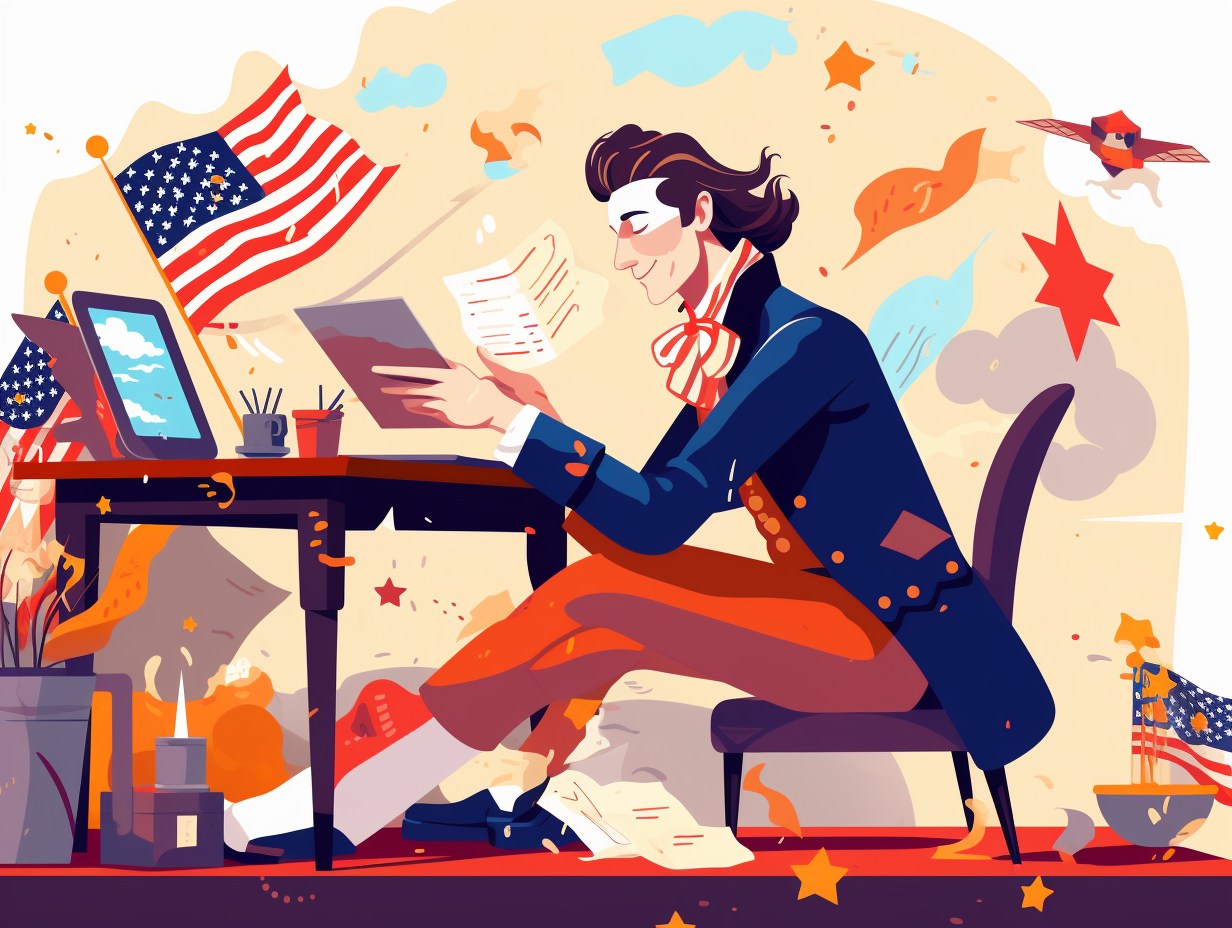11 Sizzling Fun Facts About the Great Chicago Fire You'll Want to Know!
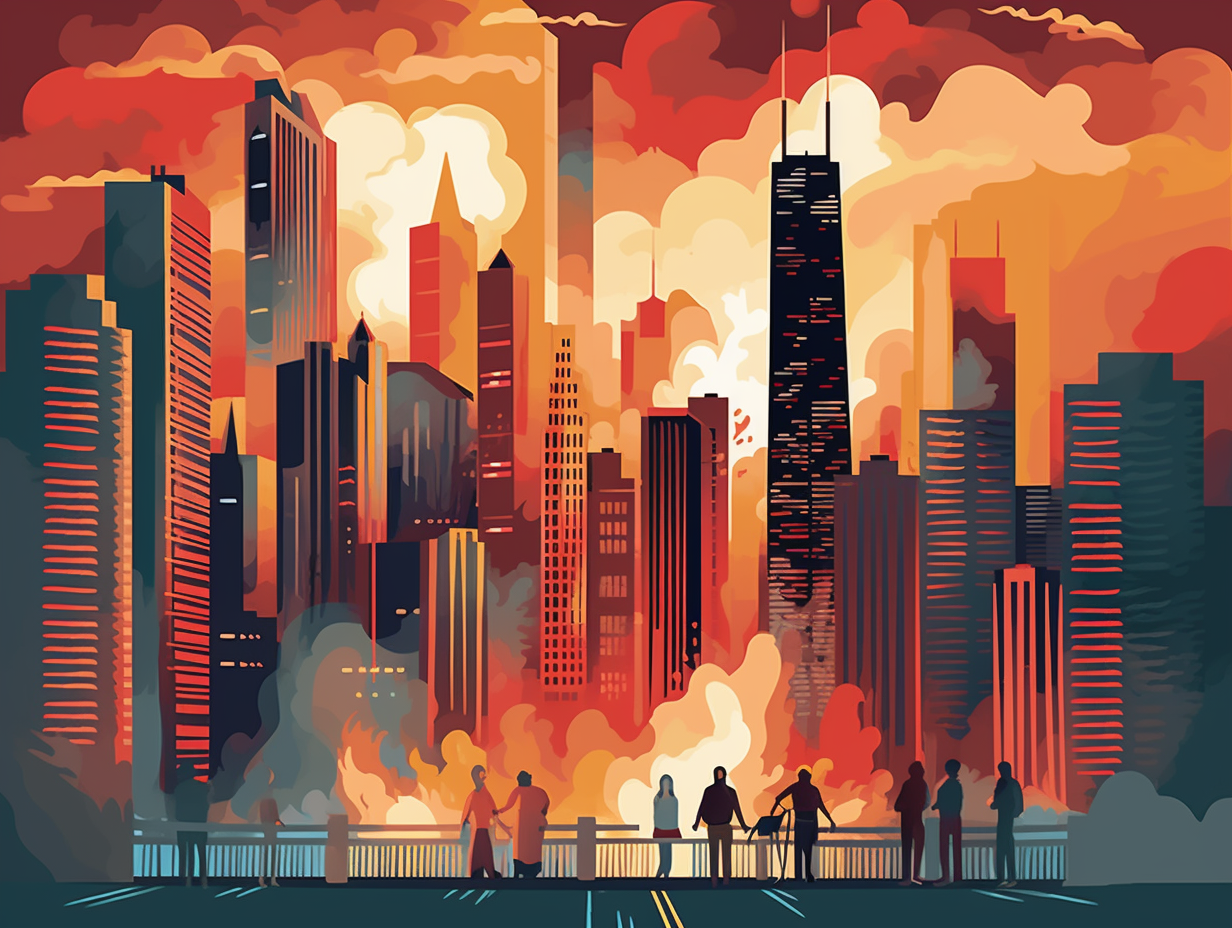
1. Cow Culprit's True Identity: Unknown
You know what they say about letting a cow in the house: it's all fun and games until the whole city is on fire! Of course, that's udder nonsense: The actual cause of the Great Chicago Fire of 1871 remains a mystery, and the tale of Mrs. O'Leary's cow kicking over a lantern is likely a myth. Truth is, the fire might have started in or around the barn where the bovine accomplice resided, but other suspects range from sneaky boys puffing away or a neighbor named Daniel Sullivan. Nevertheless, the inferno turned into a blazing symbol of catastrophe, leaving an indelible mark on Chicago's history.
Source => greatchicagofire.org
2. Smoke, Wind, and Fire: Perfect Storm
Whoever said "Where there's smoke, there's fire" must have been talking about the Windy City: The Chicago Fire of 1871 was caused by a perfect storm of factors, including drought, dry vegetation from logging debris, and pesky railroad sparks. High winds fueled the flames, but the fire ultimately became part of a blazing European tour across the Midwest and Great Lakes, leaving a trail of destruction and creating smoldering new fans of its fiery performance.
Source => wlfi.com
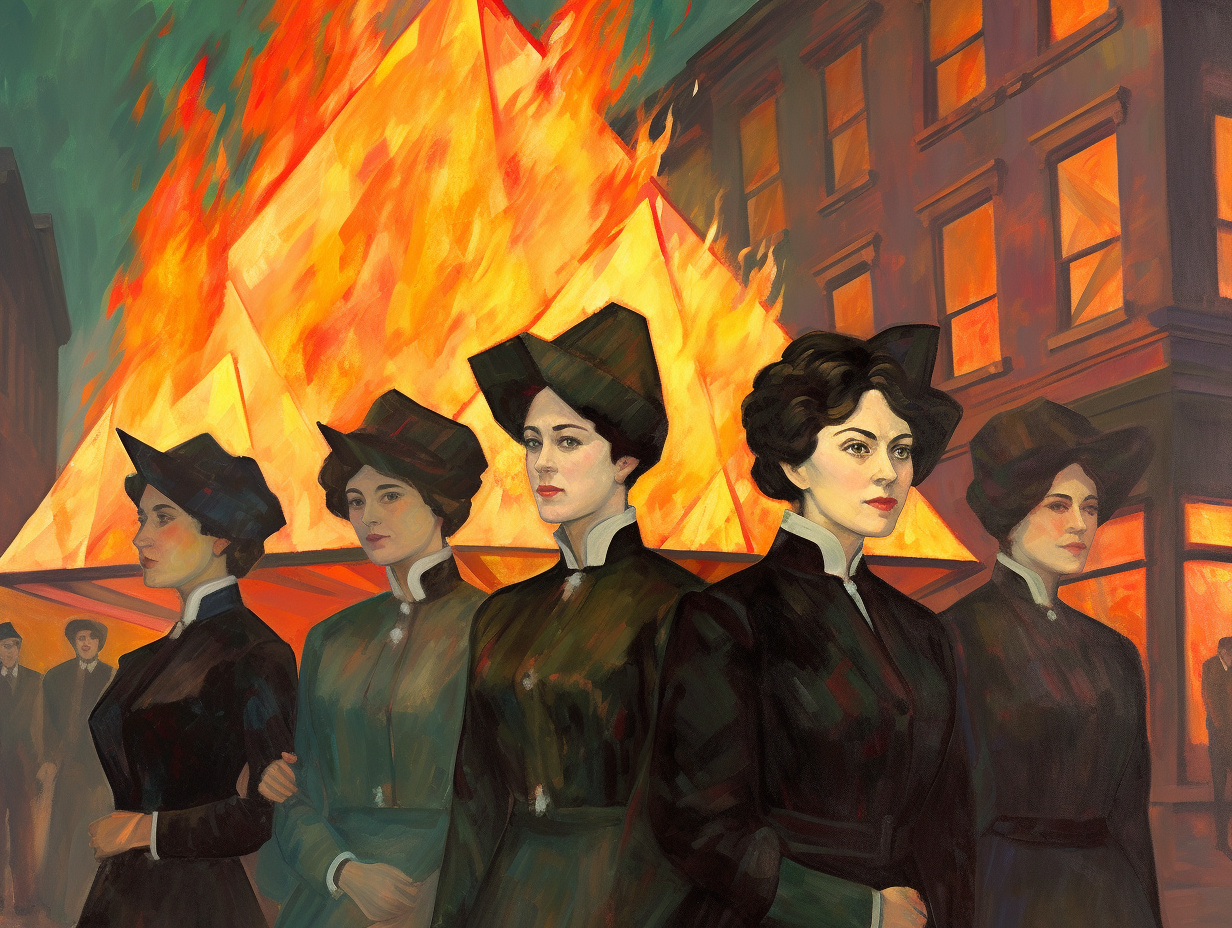
Did you know that the Triangle Shirtwaist Factory Fire in 1911 caused the tragic death of 146 workers due to scarce exits and cramped conditions? Discover more shocking details!
=> Fun Facts about The-Triangle-Shirtwaist-Factory-Fire
3. Fire's Silver Lining: Fireproof Architecture
Forget about a silver lining, the Chicago Fire had a smokin' terra cotta glow-up: After burning down nearly the entire city, innovative rebuilding led to the impressive fireproof architecture we see today, including the world's first skyscraper, the Home Insurance Building, which utilized a steel frame to let in more natural light.
Source => nationalgeographic.org
4. Cider Savior: Bellinger's Flaming Hot Hack
Who said cider is just for sippin'? One clever Chicago cop took "an apple a day" to a whole new level during the Great Chicago Fire: Richard Bellinger doused his North Hudson Street home with cider to keep it from going up in flames, and today it remains one of the few surviving structures in the burned district.
Source => interactive.wttw.com
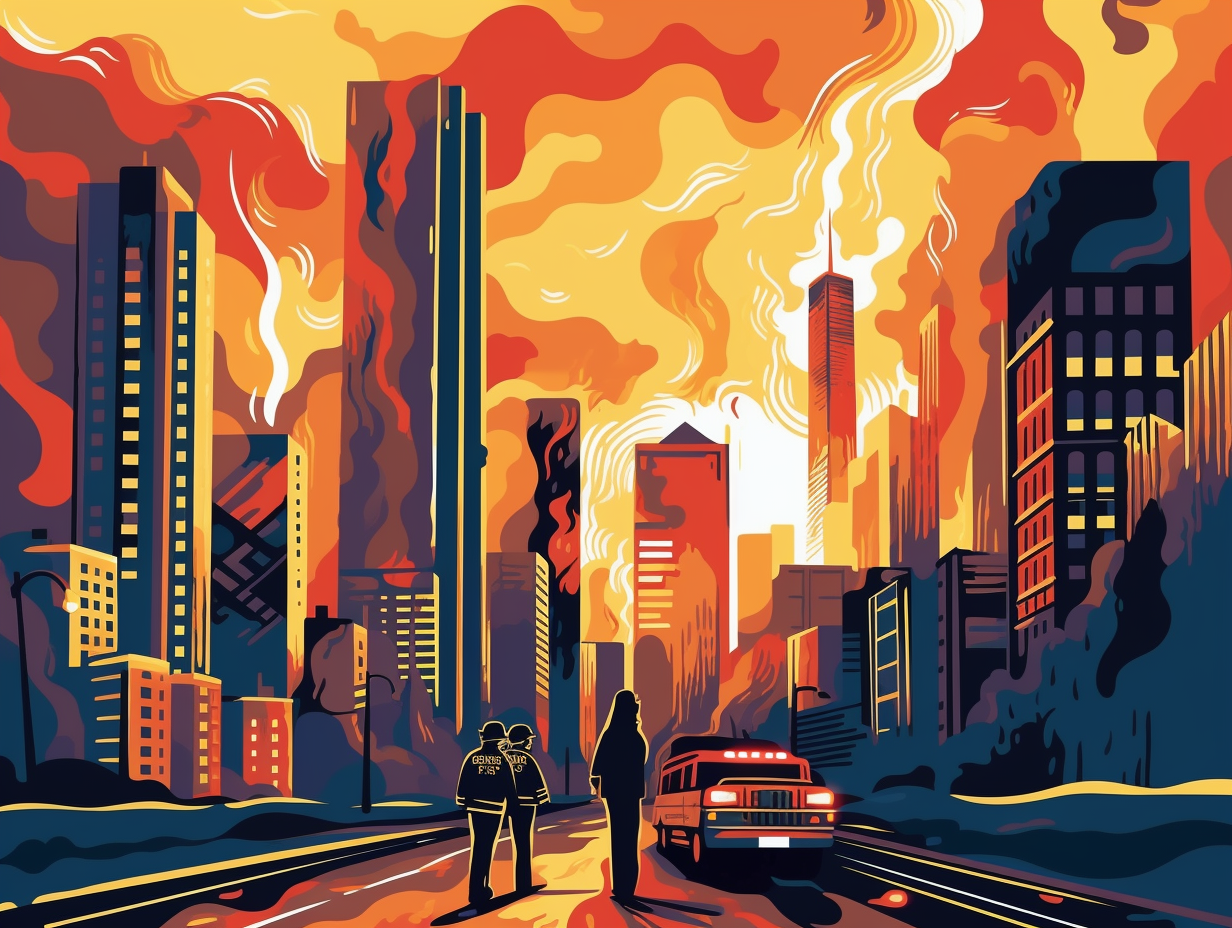
5. Chicago's Firefighting History: A Reality Hose-Down
Rumors of the Great Chicago Fire's legacy can be quite fiery, but did you know that the first fire department wasn't a late-blooming phoenix that arose from the ashes of the catastrophe? Here's a reality hose-down: The city's very first fire department, the Washington Volunteer Fire Co., was actually established way back in 1833, long before the infamous inferno of 1871, and it continued to grow and evolve over the years, with the first engine company named "The Fire King" making its debut in 1835. So, the tale of the first fire department emerging only after the 1871 fire is just a smoky myth!
Source => chicagology.com
6. Meat Production: Not Well Done by Fire
While the Great Chicago Fire was busy giving new meaning to "flaming hot Windy City" in 1871, some areas were literally steaking their claim to fame: Despite the vast destruction, industries like the city's stockyards and packing plants on the South Side remained unscathed, continuing to process more meat than any other place in the world. Furthermore, most of the wharfs, lumberyards, and mills along the Chicago River, as well as two-thirds of the grain elevators to the west, managed to survive, ensuring that Chicago's finances and job opportunities didn't go up in smoke.
Source => nationalgeographic.org
7. Fireproof Construction: Play with Fire, Get the Terra Cotta
Who says playing with fire never pays off? Chicago begs to differ: After the Great Fire of 1871, the city became a pioneer in fire-resistant construction, using terra cotta to create beautiful, heat-resistant facades for iconic buildings like the Wrigley Building and Carson Pirie Scott department store, and upgrading its building codes and fire department services to keep the Windy City safer and more resilient!
Source => chicago.suntimes.com
8. Relief Society Surplus: Financial Firestorm For Good
Who knew helping people could be so profitable? When the folks at the Chicago Relief and Aid Society traded their capes for accounting ledgers, they ended up whipping up their own financial firestorm: Post-Great Chicago Fire, they managed to raise an impressive $5 million to provide food, clothing, fuel, and smallpox vaccinations for the city's residents, leaving them with a whopping $600,000 surplus for their future endeavors.
Source => en.wikipedia.org
9. Firefighters Outmatched: The Great Marshmallow Roast
Once upon a steam-powered swelter, Chicago's firefighters partook in the ultimate "don't bring a knife to a gunfight" moment: During the Great Chicago Fire of 1871, the city's entire force had only 185 firefighters and 17 horse-drawn steam pumpers to protect the city's vast expanse of wooden structures from the catastrophe, which ended up engulfing over 17,000 buildings, creating around 100,000 chimney-less campers, and ultimately transforming Chicago into one colossal marshmallow roast thanks to a perfect storm of drought, high winds, and flammable wooden roofs.
Source => en.wikipedia.org
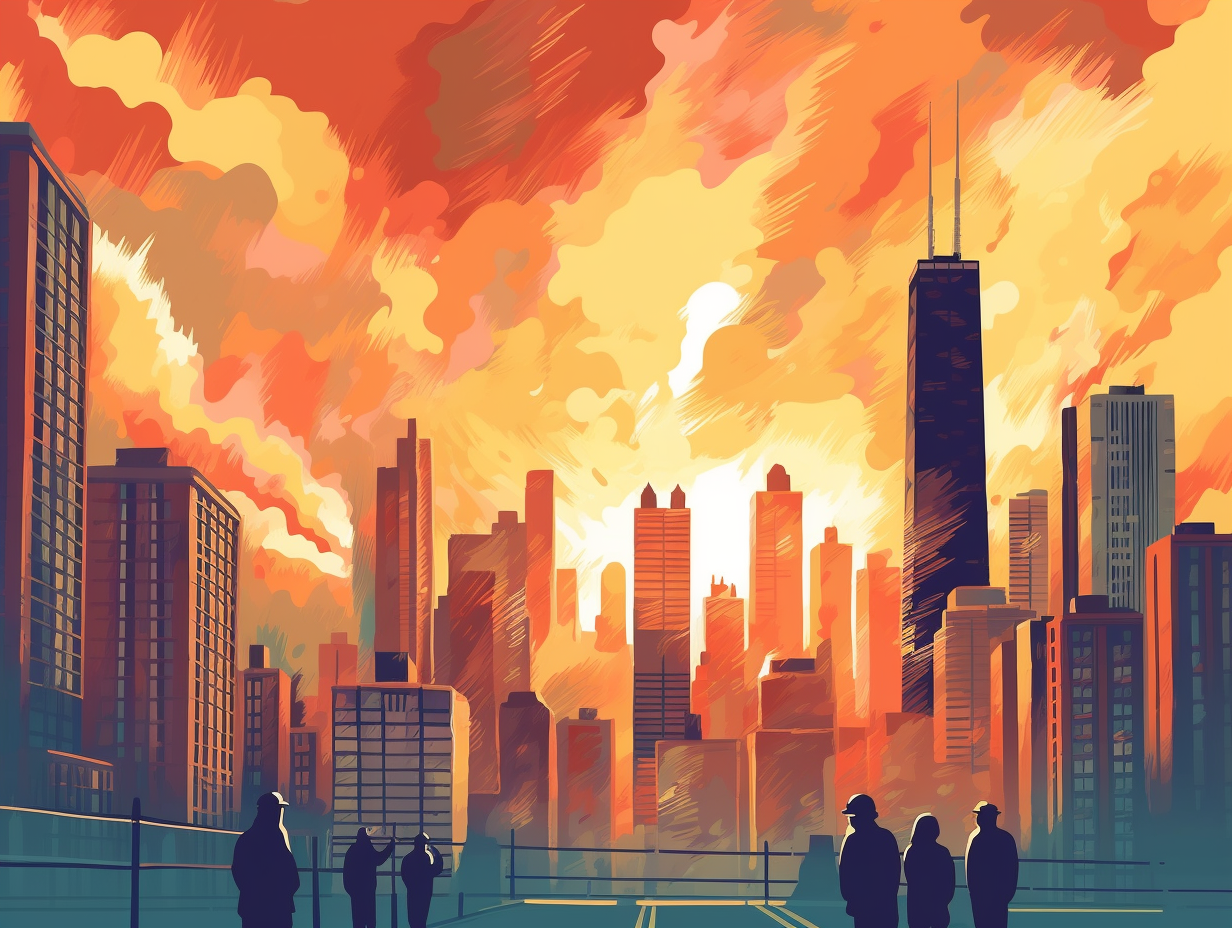
10. Udder Destruction: 1871 Fire's Grim Reality
Moo-ving on from fables: The Great Chicago Fire of 1871 wasn't caused by Mrs. O'Leary's cow kicking over a lantern, but rather, it's believed to have ignited near their barn and rapidly spread due to strong winds and a dry spell. This udderly destructive event wiped out over 17,000 structures and left more than 100,000 people homeless, while claiming about 300 lives.
Source => library.massasoit.edu
11. Cowspiracy Theories: Still No Answer to Fire's Cause
Who let the cows out: In an udderly fascinating twist to the Great Chicago Fire, the legend of Mrs. O'Leary's cow knocking over a lantern has sparked immense speculation over the years but still remains unconfirmed as the true cause of the fiery devastation.
Source => legendsofamerica.com
Related Fun Facts

